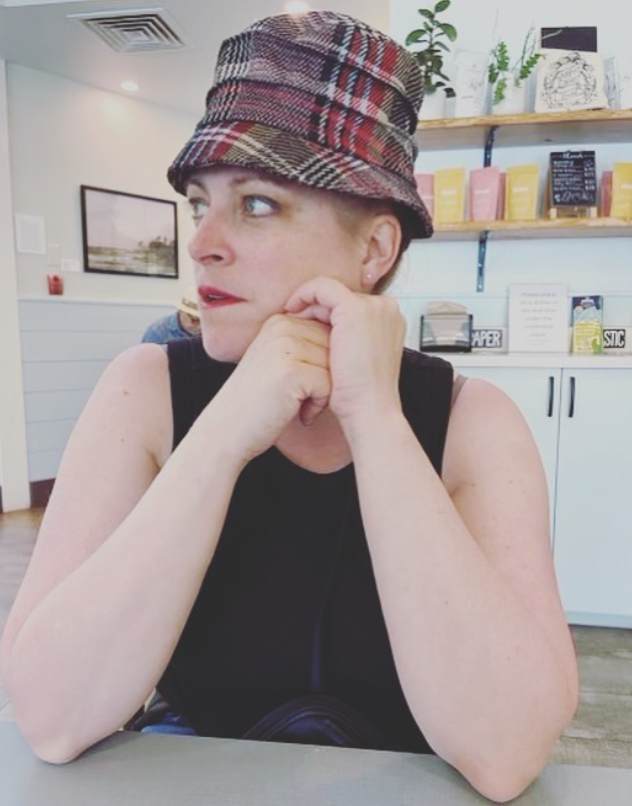Help! I Have to Teach Language Arts: A Language Arts Survival Mini-Course Part 7
Welcome back!
If you need to catch up here are the links to the other lessons 1, 2, 3, 4 , 5 and 6
Today’s Lesson: Know about the AAC.
Do you know about the A.A.C.?
The A.A.C. is the Alberta Assessment Consortium.
Please note: there is a password needed to access some material on the site. You need to get this password from your district office. If you are from Edmonton Catholic Schools, e-mail me and I will share ours.
With the password, you can work through assessment modules and get up to “code” on assessment practices. There are performance assessments and rubric tools.
BUT ….my favorite part of the website is the A.A.C. Key Visual
You can access the PDF here.
Why?
Because it begins with the Program of Studies (orange) and then the focus is on planning with the end in mind (green) – how will we know students have learned an outcome, what evidence will we gather and what support will these students need – then to coaching (blue) and finally, assessment and reporting (red).
If you know this visual ….across all grade levels and subject areas … you will prevent a lot of messes like these.
- Planning for students that are not sitting in front of you.
- Planning lessons with no link to a program of studies outcome.
- Planning lessons without coaching or scaffolding.
- Planning assessments at the end of the unit instead of the beginning.
If I haven’t said it enough…..LIVE and BREATHE this poster.
Post it everywhere!
The staffroom, the staff washroom … YOUR CLASSROOM. Explain it to students!
Have this visual front and center in your conversations, professional learning committees and your communities of practice.
Staff meetings, should be about this visual.
Teacher evaluations should be about this visual.
I could go on and on….
BUT…this marks the end of today’s lesson.
I know.
You want me to keep going.
But I want you to digest today’s learning.
Know Your AAC!
Think about your current planning methods, are you starting with the program of studies and are you planning with the end in mind?
Trust me…everything else makes sense if you know how your planning methods connect to the AAC key visual.
Until Next Time,
Coach Brandi
Oh no...This form doesn't exist. Head back to the manage forms page and select a different form.




